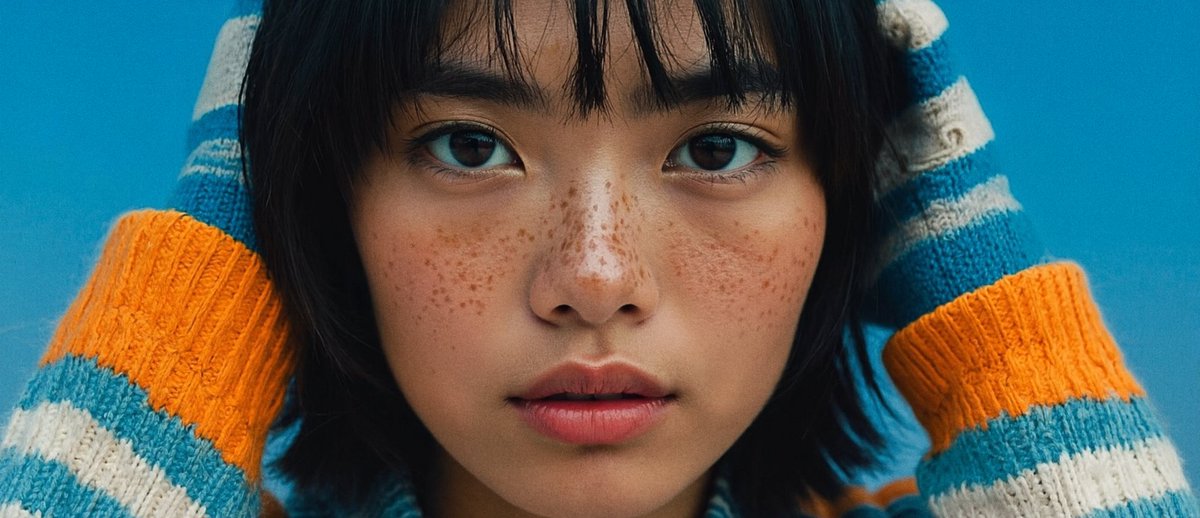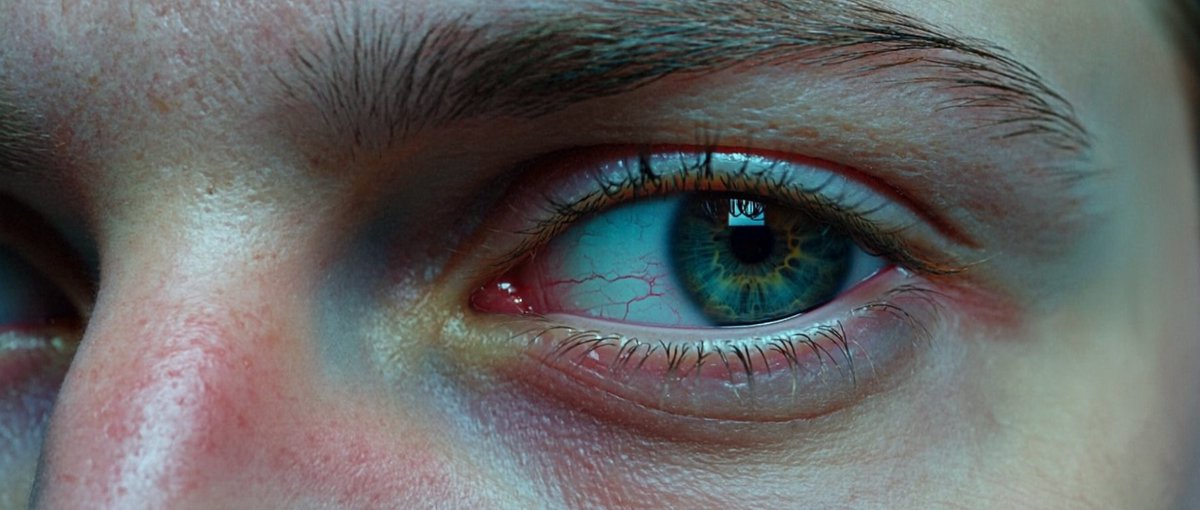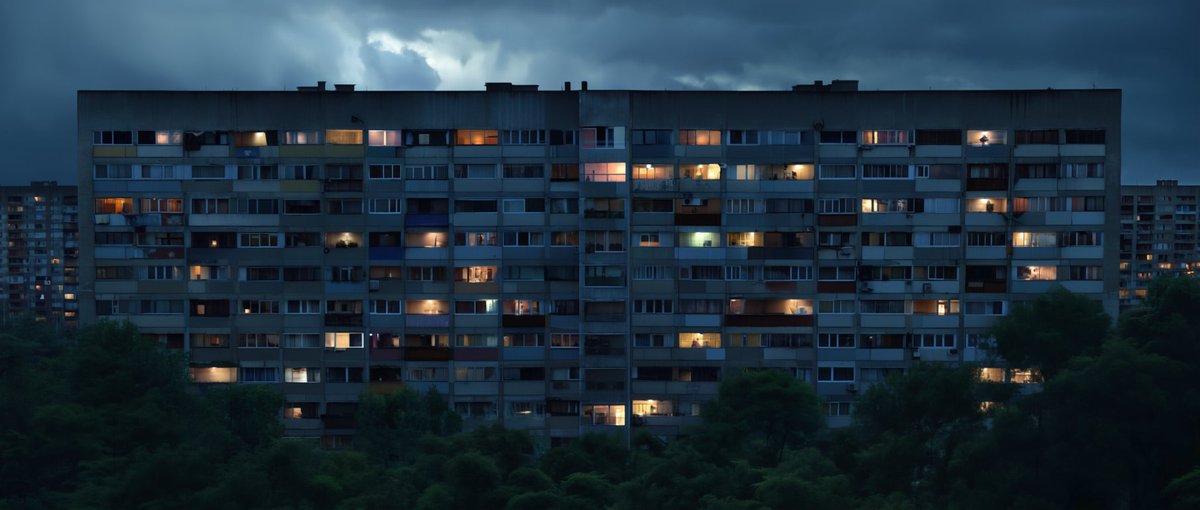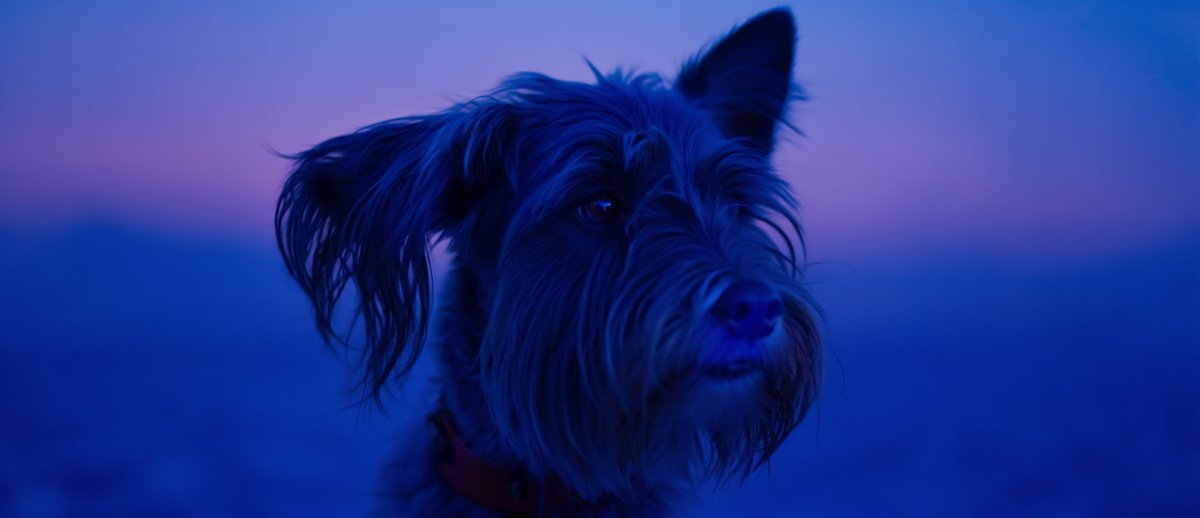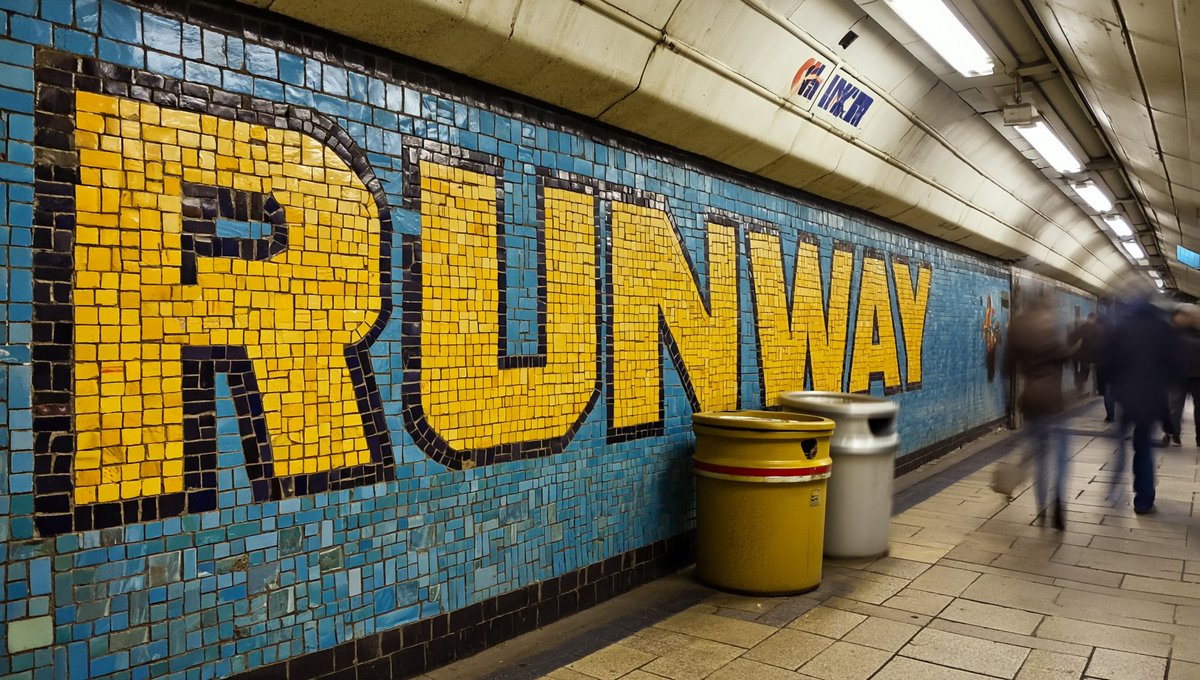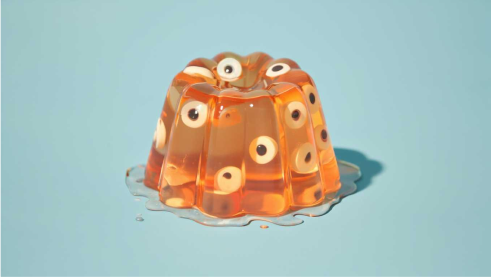Introducing, Act-One. A new way to generate expressive character performances inside Gen-3 Alpha using a single driving video and character image. No motion capture or rigging required.
Learn more about Act-One below.
(1/7)
Learn more about Act-One below.
(1/7)
Act-One allows you to faithfully capture the essence of an actor's performance and transpose it to your generation. Where traditional pipelines for facial animation involve complex, multi-step workflows, Act-One works with a single driving video that can be shot on something as simple as a cell phone.
(2/7)
(2/7)
Without the need for motion-capture or character rigging, Act-One is able to translate the performance from a single input video across countless different character designs and in many different styles.
(3/7)
(3/7)
One of the models strengths is producing cinematic and realistic outputs across a robust number of camera angles and focal lengths. Allowing you generate emotional performances with previously impossible character depth opening new avenues for creative expression.
(4/7)
(4/7)
A single video of an actor is used to animate a generated character.
(5/7)
(5/7)
With Act-One, eye-lines, micro expressions, pacing and delivery are all faithfully represented in the final generated output.
(6/7)
(6/7)
Access to Act-One will begin gradually rolling out to users today and will soon be available to everyone.
To learn more, visit
(7/7)runwayml.com/research/intro…
To learn more, visit
(7/7)runwayml.com/research/intro…
• • •
Missing some Tweet in this thread? You can try to
force a refresh



